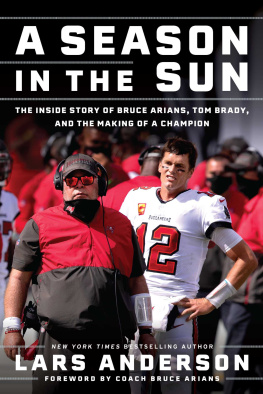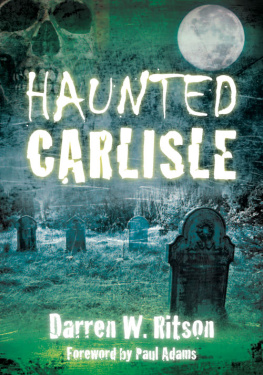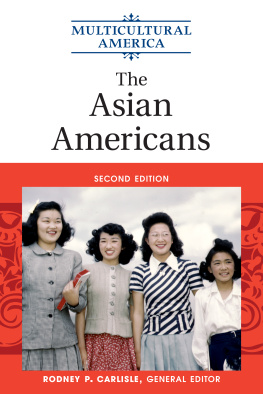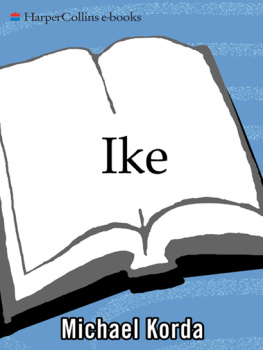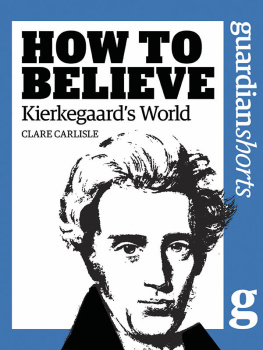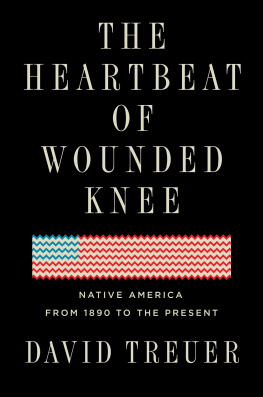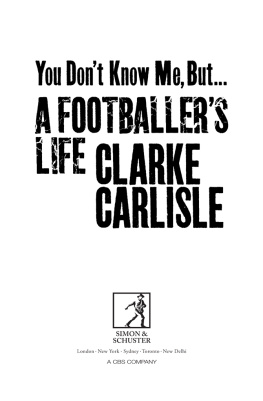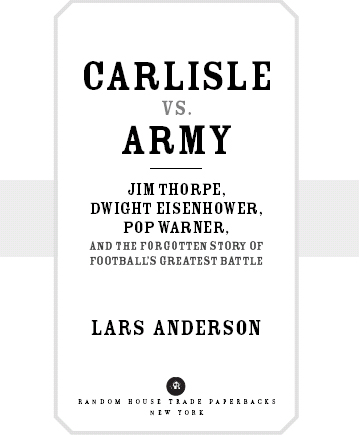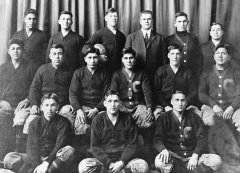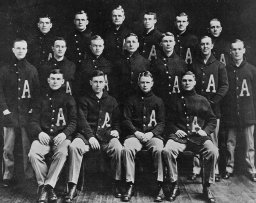Lars Anderson - Carlisle Vs. Army: Jim Thorpe, Dwight Eisenhower, Pop Warner, and the Forgotten Story of Footballs Greatest Battle
Here you can read online Lars Anderson - Carlisle Vs. Army: Jim Thorpe, Dwight Eisenhower, Pop Warner, and the Forgotten Story of Footballs Greatest Battle full text of the book (entire story) in english for free. Download pdf and epub, get meaning, cover and reviews about this ebook. year: 2008, publisher: Random House Publishing Group, genre: Detective and thriller. Description of the work, (preface) as well as reviews are available. Best literature library LitArk.com created for fans of good reading and offers a wide selection of genres:
Romance novel
Science fiction
Adventure
Detective
Science
History
Home and family
Prose
Art
Politics
Computer
Non-fiction
Religion
Business
Children
Humor
Choose a favorite category and find really read worthwhile books. Enjoy immersion in the world of imagination, feel the emotions of the characters or learn something new for yourself, make an fascinating discovery.

- Book:Carlisle Vs. Army: Jim Thorpe, Dwight Eisenhower, Pop Warner, and the Forgotten Story of Footballs Greatest Battle
- Author:
- Publisher:Random House Publishing Group
- Genre:
- Year:2008
- Rating:5 / 5
- Favourites:Add to favourites
- Your mark:
Carlisle Vs. Army: Jim Thorpe, Dwight Eisenhower, Pop Warner, and the Forgotten Story of Footballs Greatest Battle: summary, description and annotation
We offer to read an annotation, description, summary or preface (depends on what the author of the book "Carlisle Vs. Army: Jim Thorpe, Dwight Eisenhower, Pop Warner, and the Forgotten Story of Footballs Greatest Battle" wrote himself). If you haven't found the necessary information about the book — write in the comments, we will try to find it.
This story begins with the infamous massacre of the Sioux at Wounded Knee, in 1890, then moves to rural Pennsylvania and the Carlisle Indian School, an institution designed to elevate Indians by uprooting their youths and immersing them in the white mans ways. Foremost among those ways was the burgeoning sport of football. In 1903 came the man who would mold the Carlisle Indians into a juggernaut: Glenn Pop Warner, the son of a former Union Army captain. Guided by Warner, a tireless innovator and skilled manager, the Carlisle eleven barnstormed the country, using superior team speed, disciplined play, and tactical mastery to humiliate such traditional powerhouses as Harvard, Yale, Michigan, and Wisconsinand to, along the way, lay waste American prejudices against Indians. When a troubled young Sac and Fox Indian from Oklahoma named Jim Thorpe arrived at Carlisle, Warner sensed that he was in the presence of greatness. While still in his teens, Thorpe dazzled his opponents and gained fans across the nation. In 1912 the coach and the Carlisle team could feel the national championship within their grasp.
Among the obstacles in Carlisles path to dominance were the Cadets of Army, led by a hardnosed Kansan back named Dwight Eisenhower. In Thorpe, Eisenhower saw a legitimate target; knocking the Carlisle great out of the game would bring glory both to the Cadets and to Eisenhower. The symbolism of this matchup was lost on neither Carlisles footballers nor on Indians across the country who followed their exploits. Less than a quarter century after Wounded Knee, the Indians would confront, on the playing field, an emblem of the very institution that had slaughtered their ancestors on the field of battle and, in defeating them, possibly regain a measure of lost honor.
Filled with colorful period detail and fascinating insights into American history and popular culture, Carlisle vs. Army gives a thrilling, authoritative account of the events of an epic afternoon whose reverberations would be felt for generations.
Carlisle vs. Army is about football the way that The Natural is about baseball.
Jeremy Schaap, author of I
Lars Anderson: author's other books
Who wrote Carlisle Vs. Army: Jim Thorpe, Dwight Eisenhower, Pop Warner, and the Forgotten Story of Footballs Greatest Battle? Find out the surname, the name of the author of the book and a list of all author's works by series.

